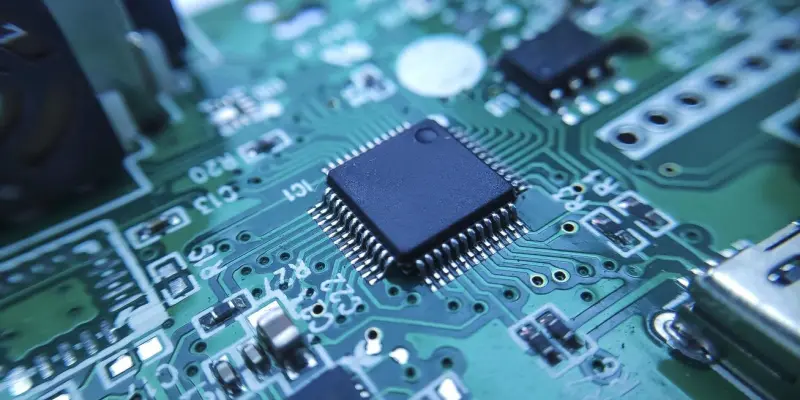The escalating influence of Huawei in China’s semiconductor industry has raised questions about the balance of power within this crucial sector. While the company initially emerged as a leading manufacturer of telecommunications equipment, its strategic expansion into semiconductor manufacturing has turned it into a formidable player in the chip supply chain. Huawei operates more than 11 fabrication plants under various subsidiaries, a move that solidifies its presence alongside other major players such as SMIC. This expansion marks a shift from being a primarily mobile-centric entity to a tech powerhouse capable of shaping national and global technological landscapes. With growing demands in fields such as AI, mobile processors, and automotive tech, Huawei’s actions could redefine supply chain dynamics not only within China but also worldwide.
Strategic Expansion and Vertical Integration
Huawei’s strategic approach to its semiconductor ambitions includes the full integration of its supply chain, a method known as vertical integration, to optimize and control the production process. This method has allowed the company to internalize various stages of production, thereby reducing dependence on external suppliers. By establishing state-backed facilities in critical hubs like Shenzhen and Qingdao, the company has managed to create high production capacities. These locations are not just manufacturing sites; they are part of a larger ecosystem Huawei is crafting to cater to its expansive product range, including mobile System-on-Chips (SoCs) and AI accelerators. Support from state resources provides Huawei with a competitive edge, enhancing its research and development capabilities to meet evolving technological needs. This ecosystem not only supports Huawei’s current product lines but also prepares the firm for future advancements in AI and other tech-intensive areas.
Role of Innovation and State Collaboration
Innovation and state collaboration play pivotal roles in Huawei’s rise within the chip supply chain. The company’s significant investments in research and development have been leveraged to focus on AI hardware, marking a transformative shift in its operational focus. Bolstered by significant state backing, Huawei has enhanced its capacity to innovate, developing new technologies that parallel leaps in global tech trends. This alignment with government objectives ensures not just financial support but also regulatory and policy alignment that can facilitate smoother operations across various sectors. Such collaboration has enabled Huawei to amplify its technological footprint and gain insights that are vital for maintaining a competitive edge. As Huawei continues on this trajectory, its influence on both domestic and international fronts indicates that the company is more than just a tech giant; it is a spearhead for the future of technology in China, leading transformative changes within the industry.

